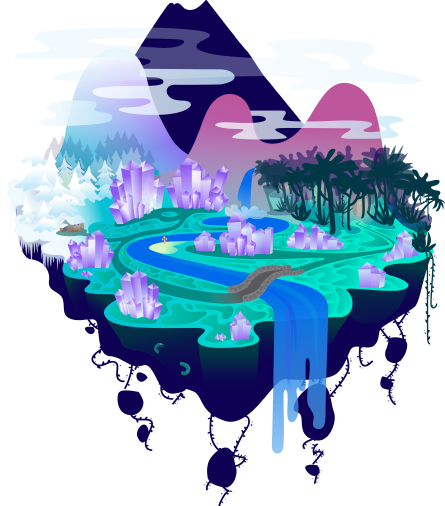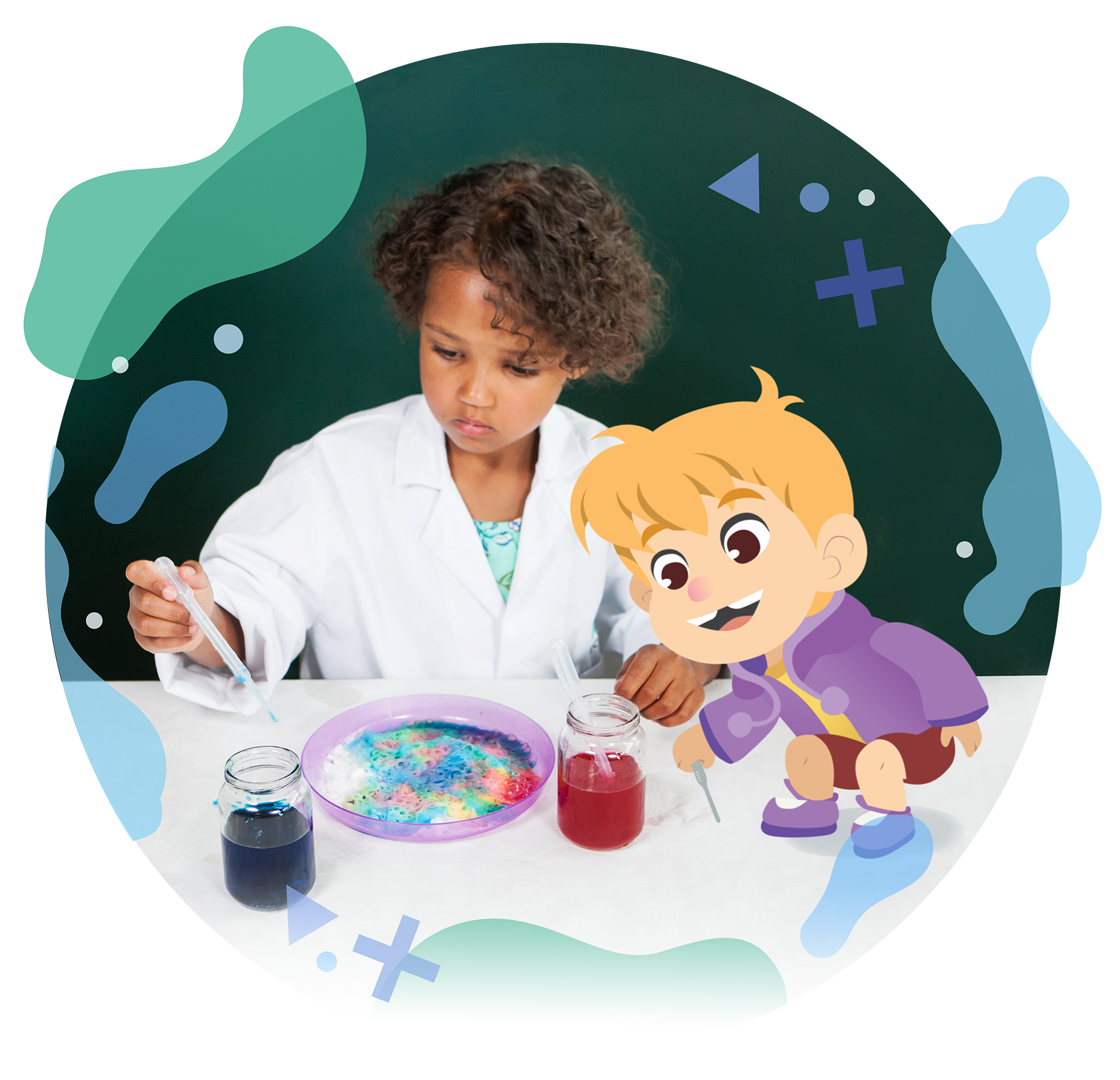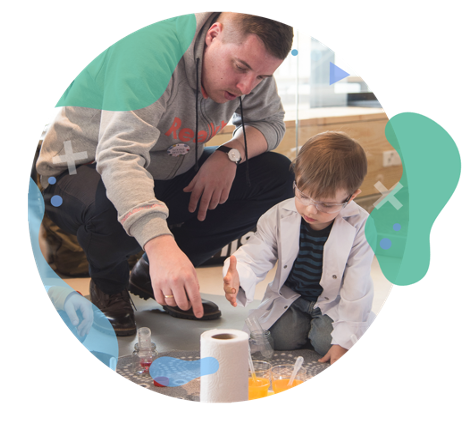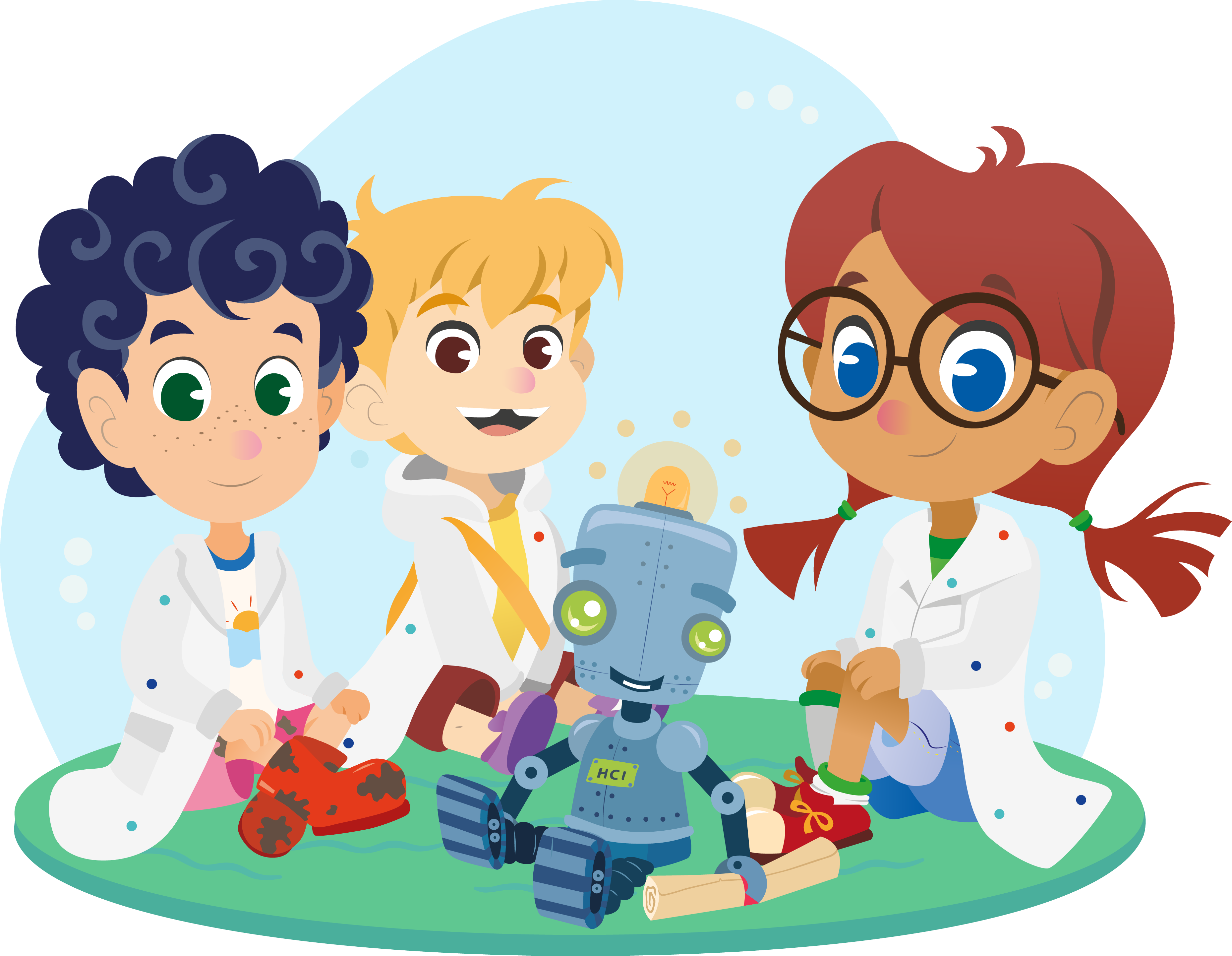Science and Storytelling
We use stories to set the research problem for the whole lesson and to awaken any previous experiences the scientists might have of these phenomena, creating an imaginary science scenario where everything is possible.

Other Episodes
10-Part Teacher Training Series
In our 10-part series of teacher training, we will walk you through the topics and practicalities including transitions in Kide Lessons, pedagogical tips, questions, assessment, storytelling, children’s agency & preparation, drama approach, group management, adult’s role & home experiment, and scientific arguments behind the Kide-approach.
Video Transcript
Hello, hello, hello!
During this video, you will learn about the purpose of our storytime and how to make it even more engaging. So get ready to use your voice and your body language to make the scientists even more intrigued.
What's about to happen in Supraland? So what is the purpose of storytime? While storytime is not isolated from the inquiry process, it has a purpose in enhancing the learning through the whole process from the beginning to the end.
We actually use stories to set the research problem for the whole lesson. We also use the stories to awaken any previous experiences the scientists might have of these phenomena. Also, through these stories, we create this imaginary science scenario, the whole imaginary world where everything is possible and we can unleash our imagination.
The reason we use stories is that children naturally use these imaginary situations to learn about real-life situations and to learn about new things. You must have seen a child grabbing some object that in adults' eyes can be completely indifferent, something like a toothbrush. They might start creating a whole story around it, and they might use this object to learn something like social situations.
For instance, this Mama Toothbrush comes and picks up some baking soda.
Then this Mama Toothbrush comes to try to steal the baking soda.
Now they're having an argument.
Now they have solved the argument and now they hug.
Now we also use this natural and sort of primary way to think narratively to teach the children about scientific phenomena.
When we read the story from Supraland to the scientist for the first time, the children are usually quite intrigued by it. The situation is new and exciting, and this, in its own right, can already be quite thrilling. But unfortunately, this first-time magic won't last forever. So it's good for the teacher to think very carefully about how to engage the young children when reading the story to them.
During the introduction of each lesson, there is already a lot a teacher can do to engage the young children. Now let's practice a bit. You should now go and print the story to the lesson you are going to have next.
Go on, do it by now. I'll wait.
And now pick someone near you, just anyone, and read the story out loud to them. But do it using a very monotonic voice and do not look them in the eye like this.
Hello. My name is Hoseli and I have a problem. My friend Mrs. Noblegas is arranging a party. She wants a hundred balloons for the party and I promised to fill them up. But I have a problem. I am a robot and I don't have lungs to fill the balloon with. Can you help me?
How did they react? Right. Well, Let's try another approach. Now use the tone of your voice, change it a little bit. And if you can go to the same level as the person you are talking to and if you can use your eye contact as much as you can.
Now let's try again. I got a letter. Hello. My name is Hoseli and I have a problem. My friend Mrs. Noblegas is arranging a party and she wants a hundred balloons to the party and I promised to fill them up, but I have a problem. I am a robot and I don't have any lungs to feel the balloons with. Can you please help me?
How did they react? Now, I'm sure you did extremely well already, but test will help you out a bit.
Here are some tips for storytime.
- Sitting in a circle can be very empowering for the children and it makes a situation feel more equal. It's also easier for the teacher to pay attention to all the children at once.
- Remember to keep eye contact when reading the story. This can help the children to really empathize with what's happening in the story and also set them in a mood for them to use their own imagination.
- Remember to use the pictures in the story to engage the children. You can also do this by asking questions while reading the story like Kelvin saw a giant turtle. Have any of you seen any turtles ever?
- Also, remember to use your body language and your voice to really bring the story alive.
What to do when a child loses focus during storytime? Even if you use all of the skills you have, some children might just find it too difficult to keep focus during the storytime. After all, listening is also just a skill that needs to be practiced.
Children might also find it very difficult to focus on the storytime if they are just simply too eager to get to the hands-on experiment. Well, every child is different and their temperaments are different, and also days are different. The child might, for example, just slept really badly last night, so we shouldn't punish the children for situations that are really out of their hands.
So instead, we as teachers should support the children by using various methods. First of all, remember to use the pictures in the story to keep the focus on the story. You can ask the scientist to pay attention to different aspects of the pictures, or you can ask them to explain what they see. If you have a very restless child, you can think about giving them a special task during the storytime.
They could, for instance, hold Hoseli the Robot so he can hear better. Or this child could help the teacher read the small print in the letter by holding a magnifying class.
Or, you can just keep the storytime shorter if you think that is necessary. Children are built to move, so don't expect them to sit quietly all the time. If your group needs movement, then give the movement. You could, for instance, stand up and mimic what's happening in the story in Supraland, for instance. If the characters are going for walk, stand up and walk on your own spot.
What you could also do is give the restless child something to sit on, or something to squeeze in their hands.
Or, they could be drawing what's happening in the story in Supraland. Or, you could take the child to sit next to you and help you to show the pictures to the other children. Just try and use the restless energy to do something useful and meaningful.
And should you find a situation too difficult, talk to your colleagues and reach out to your Kide Science colleagues, too. In our peer support system, we and the other teachers can give you tips and advice on how to solve and manage these situations. Not every situation is the same, so there are no magic tricks that would always work. But with help from a friend, maybe you can get some good advice and good ideas and share your good ideas with others, too.
Now, a bit like we already did in the video. Take a few minutes and practice reading the story to the scientist in a very engaging way. When you've done this, take down a few notes. You have different kinds of scientists in your lessons, so think about how you could support your scientists to get in the mood of science play and help them focus. Now have fun with the lessons and enjoy.
Start your free trial of Kide Science to get story-based lesson plans for teachers.
Related articles
We use the drama approach, as it helps the child to pay attention and motivates them to get...
How can you use other adults (like parents) in Kide Science lessons to help further improve the...
Our pedagogy might not be what parents are used to. Here's how you can explain teaching concepts...



